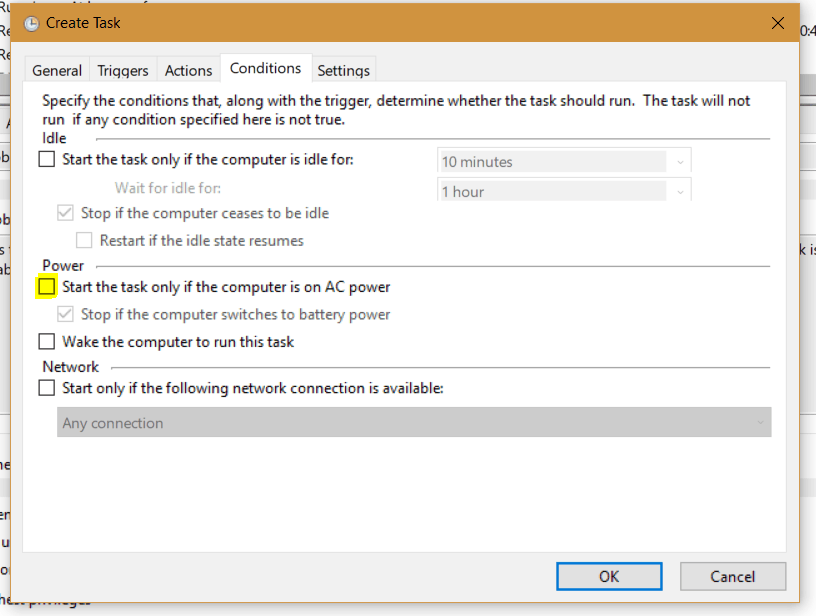

Edit endpoint profile in the EMS Endpoint Profiles → Manage profiles.Īdd Tunnel in the VPN Tunnels section of VPN tab of the profile.Ĭheck the Fortigate address and SSL VPN port number:Īctivate Enable SAML Login in Advanced Settings: VPN connection can be added via EMS for all FortiClient that are connected to it. Now, knowing Azure group ID link iot with the FortiGate group:Ĭonfig vpn ssl settings set login-timeout 180 end FortiClient EMS setup On the main page of the Azure Active Directory admin center click Groups: We need to create one or use existed Security group. They will be used as user groups in firewall policies. The one we downloaded from Azure app settings, imported into the Fortigate, and renamed for convenience.įortiGates groups connected to Azure Azure partįortiGate will use the Azure group as an assignment to local groups. Logout URL from Azure app settings 4 Set up Test FortiGate SSL VPN Login URL from Azure app settings 4 Set up Test FortiGate SSL VPN It corresponds to the addresses we set in Azure app settings in Basic SAML Configuration.Īzure AD Identifier from Azure app settings 4 Set up Test FortiGate SSL VPN Just use it exactly as it is, but change :10443 for your own address and port. Set entity-id set single-sign-on-ur set single-logout-url It also available on SSL-VPN settings page: Ideally, it should be your purchased SSL certificate for the domain you use for SSL VPN (i.e. Remote certificate name (we renamed it to Azure_SAML)Ĭonfig user saml edit "azure-saml" set cert "Fortinet_Factory" set entity-id "" set single-sign-on-url "" set single-logout-url "" set idp-entity-id "" set idp-single-sign-on-url "" set idp-single-logout-url "" set idp-cert "Azure_SAML" set user-name "username" set group-name "group" next end.Local certificate name (e.q Fortinet_Factory).SAML IdP URLs from Azure app (Connection URLs, Step 4).SSL VPN portal address and port ( :10443).We need to create FortiGate SAML connection server and local groups connected to the remote Azure groups via FortiGate SAML server. Under Grant section, enable Require multi-factor authentication, press Select, switch Enable policy to On, click Create.Ĭonsidering that the basic SSL VPN setup is already done. Give it a name and under Users and groups select All users: Conditional Access, click Create a policy: Conditional accessįrom the main page of the App, in section 4. There are other user-related settings in Properties page of the App, but we do not use them at the moment. Search for the user, click it, click Select: In the App settings open Users and groups, then + Add user/group:

In a real-life environment you would probably allow all users to use the app or use group-based assignment. Not sure about this, but for test purposes add the user who can use our SAML SSL VPN login. If the certificate is wrong, most likely you will get this error later on:Ĭonfig vpn certificate remote rename REMOTE_Cert_1 to Azure_SAML end show vpn certificate remote FTG-example # show vpn certificate remote config vpn certificate remote edit "Azure_SAML" set range global next end

AZURE POINT TO SITE VPN ACCESS DENIED DOWNLOAD
The final setting should look like this (check username and group parameters):įrom section 4 Set up Test FortiGate SSL VPN copy and save (we will use it later) content ofįrom section 3 SAML Signing Certificate download file under Certificate (Base64): Enable Customize the name of the group claim. I am still not sure about this part.Ĭlick on oups (do not use context menu But this option was always unavailable for me. We need to add another claim, this time a Group claim. Set the following (use autocompletion when possible): Parameter I found no reason for this - just re-created the Azure App. User Attributes & Claimsĭuring one of the tests "Add new claim" was inactive. Make sure that value is set as Default were available:įinally, Save. In the App settings click Edit under section 1: Use FQDN ( if this domain points to the correct SSL VPN portal IP address). In my test case, the SSL VPN portal address base is. You can see this data on SSL-VPN Settings page of the FortiGate: Check IP-address or FQDN of Fortigate interface used for incoming SSL VPN connection and available from the world (usually WAN). Set up single sign on click Get Started:Ĭreate SSL VPN portal base address. If not - go back to the Enterprise applications section and find the new app manually (by first letters of the name), open it by clicking: You should be redirected to the app setting page. Give it distinguish name and press Create at the bottom of the page:Īdding the new application will take a few seconds. Search for FortiGate and choose the corresponding result: Ĭlick Enterprise applications in the main menu and then +New application: Login into Azure Active Directory admin center at.


 0 kommentar(er)
0 kommentar(er)
